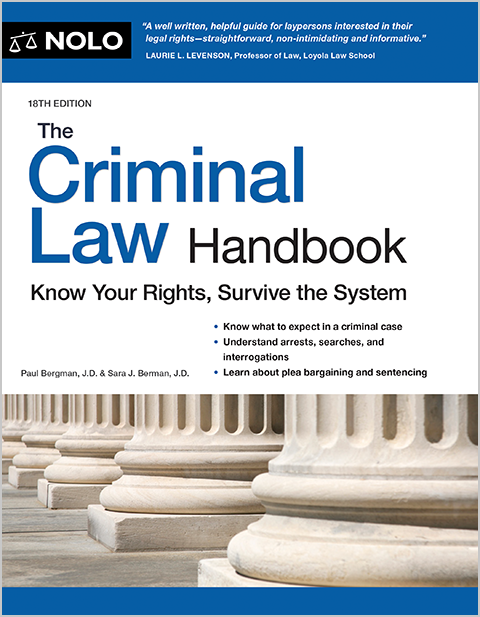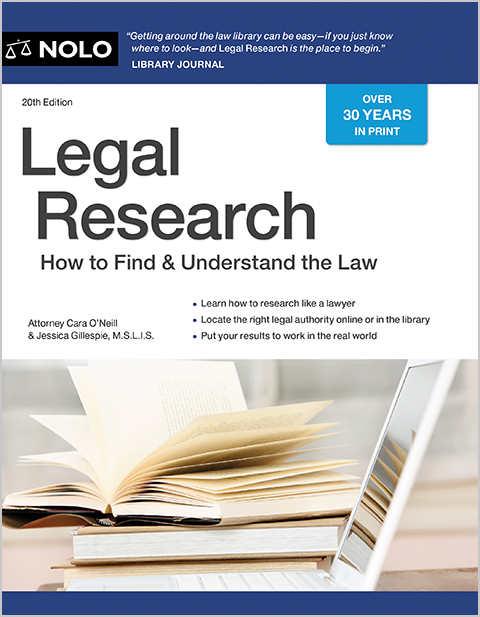Not all evidence makes it into a trial. Judges use relevance as the starting point to determine admissibility.
Not all evidence makes it before the jury in a trial. Rules of evidence exist to weed out unreliable evidence and promote fairness. The starting place for this analysis—determining what kinds of evidence can or can't be introduced—is relevance.
What Is the Most Basic Rule of Evidence? Relevance
Relevance is the basic building block of evidence rules. Only relevant evidence is admissible at trial. For evidence to be relevant, a logical connection must exist between it and the factual issue it offers to prove or disprove. The connection needn't be so strong that any single item of evidence alone proves or disproves the fact. It's good enough if the piece of evidence constitutes a link in a chain of proof along with other pieces of evidence. (As the famous legal authority McCormick put it long ago, "A brick is not a wall.") The main limitation of the relevance rule is that the connection must be based on reason and logic rather than bias and emotion.
What Are Examples of Relevant vs. Irrelevant Evidence?
Evidence can take many forms, such as testimony, documents, recordings, or items. The judge will decide whether the evidence is relevant or not, but the opposing party must object to its introduction.
Example: Ruby is charged with stealing costume makeup from a drugstore the night before Halloween. The prosecution wants to offer evidence that Ruby's mom had refused to buy her a Halloween costume. The evidence is relevant to prove that Ruby had a motive for stealing the makeup.
Example: Same case. The prosecution also wants to call the drugstore manager to testify that the makeup department suffers more thefts than any other department of the drugstore. This testimony would be irrelevant because it does not relate specifically to Ruby.
Example: Lance is charged with drunk driving. The prosecution wants to offer evidence that Lance is a member of a violent street gang. The evidence is irrelevant because the crime charged has nothing to do with gang activities. The evidence would only serve to stir up bias against Lance.
Example: Clare is charged with car theft. She was arrested in her home, and the prosecution wants to offer evidence that the arresting officer found marijuana and an unregistered handgun there. Unless the prosecution can establish that the gun and drugs were somehow involved in the theft, there's nothing to connect them with the crime. Again, the evidence would do almost nothing other than predispose the judge or jury against the defendant.
Is All Relevant Evidence Admissible at Trial?
No. Evidence must be relevant to have any chance of admissibility, but not all relevant evidence is admissible at trial. Judges often exclude relevant evidence because of some other evidence rule. For example, otherwise relevant evidence may have a great potential to unfairly stir a judge's or jurors' emotions and prejudices. In such situations, the judge is supposed to balance the importance of the evidence against the risk of an unfair appeal to emotion. If the judge determines that the importance outweighs the risk of unfair prejudice, the judge admits the evidence. But, if the risk of unfair prejudice substantially outweighs the relevance, the judge excludes the evidence.
Judges have lots of discretion when it comes to making such rulings. As a general rule, a judge is much more likely to exclude evidence as prejudicial in a jury trial than when the judge is hearing the case without a jury.
Example: Adam is charged with assaulting Vicki with a knife; Adam claims self-defense. The prosecution seeks to offer the following as evidence: (1) the knife allegedly used in the assault, (2) a photograph of Vicki taken minutes after the fight, showing cuts on her face and arms, and (3) the blood-soaked T-shirt that Vicki was wearing at the time of the fight. A judge is likely to admit the knife and the photograph into evidence but might exclude the shirt as unduly prejudicial. The size and shape of the knife and the nature of Vicki's injuries are rationally related to the issue of whether Adam or Vicki was the aggressor in the fight. However, if the shirt doesn't provide much information about how the events unfolded, the judge will likely exclude it due to its potential to shock and disgust the jury.

